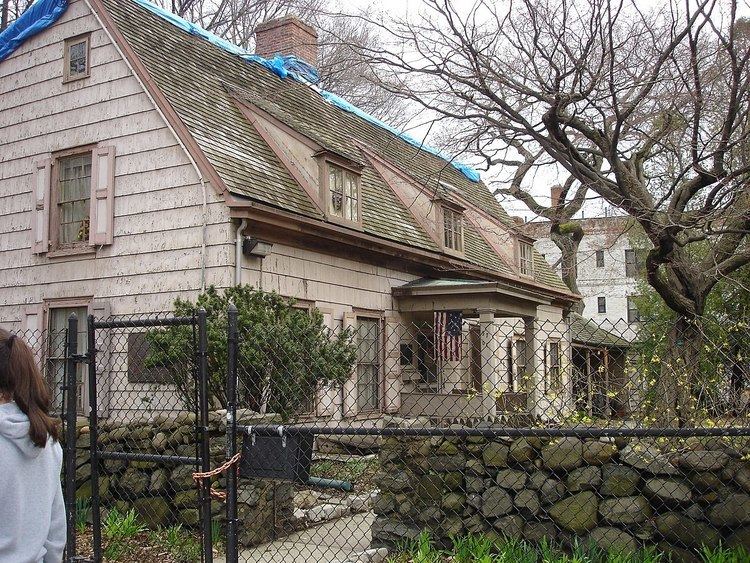Built ca. 1661 Designated NYCL February 15, 1966 Area 4 ha Architectural style American Colonial | NRHP Reference # 77000974 Opened 1661 Phone +1 718-359-0528 Added to NRHP 13 September 1977 | |
 | ||
Hours Closed today SundayClosedMondayClosedTuesdayClosedWednesday1–4:15PMThursdayClosedFridayClosedSaturdayClosed Similar Old Quaker Meetinghouse, Kingsland Homestead, Queens Historical Society, Lewis H Latimer House, Voelker Orth Museum | ||
3 31 12 the john bowne house 42 40 bowne st flushing ny
The John Bowne House is an historic home important for its role in establishing religious tolerance located at 37-01 Bowne Street, Flushing, Queens, New York.
Built around 1661, it was the location of a Quaker meeting in 1662 that resulted in the arrest of its owner, John Bowne, by Peter Stuyvesant, Dutch Director-General of New Netherland. Bowne appealed his arrest successfully to the Dutch West India Company and established a precedent for religious tolerance and freedom in the colony. His appeal helped to serve as the basis for the later guarantees of freedom of religion, speech and right of assembly in the Constitution.
The Bowne House has been a museum since 1947, except for being closed the last ten years. After an exterior renovation, it has recently reopened on Wednesday afternoons and by appointment.
The home is a wood-frame Anglo-Dutch Colonial saltbox, notable for its steeply pitched roof with three dormers. The house was altered several times over the centuries, and several generations of the Bowne family lived in the house until 1945, when the family deeded the property to the Bowne Historical Society. The Bowne House reportedly served as a stop on the Underground Railroad prior to the American Civil War.
Archaeological investigations have been conducted by Dr. James A. Moore of Queens College, City University of New York.
It was listed on the National Register of Historic Places in 1977. It is also a New York City landmark.
